MatadorU alum Lily Girma and her camera uncover a lot of arguments for checking out the island nation.
[Editor’s note: Lily’s visit was sponsored by the Taiwan Tourism Bureau.]



Intermission




Intermission

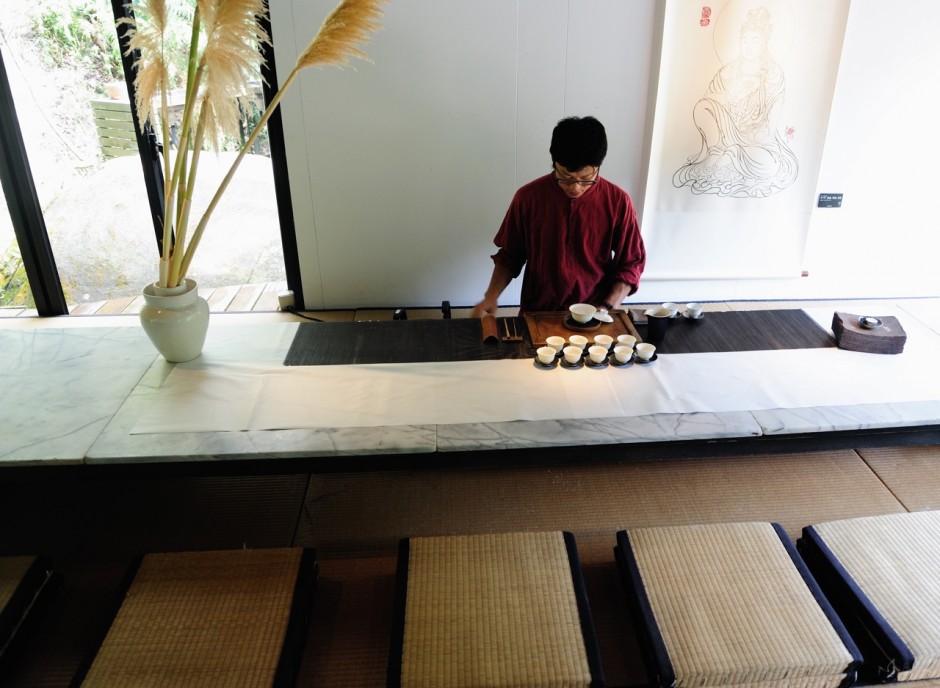


Intermission
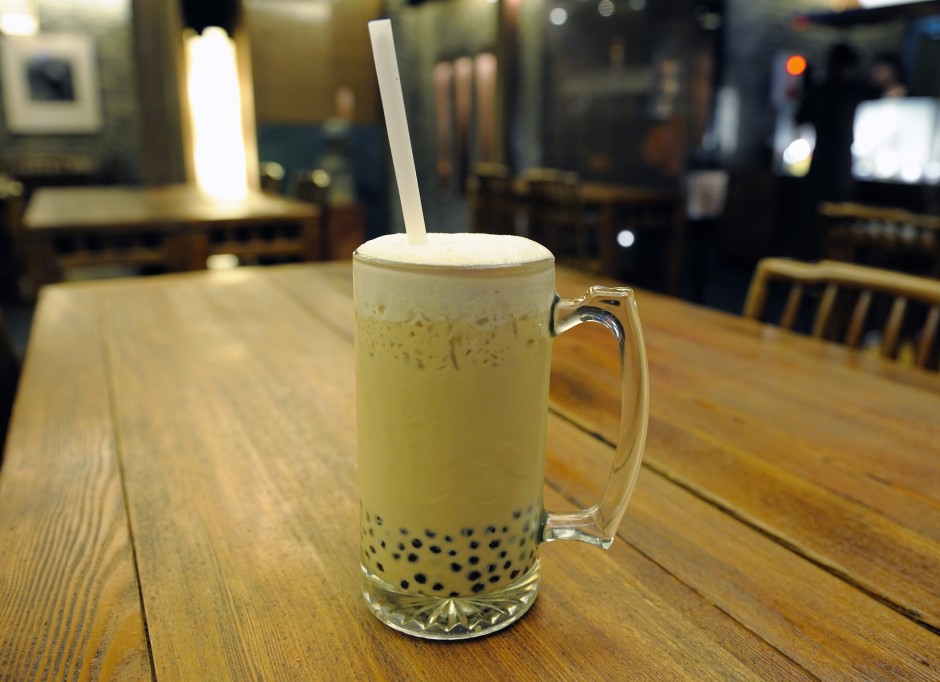
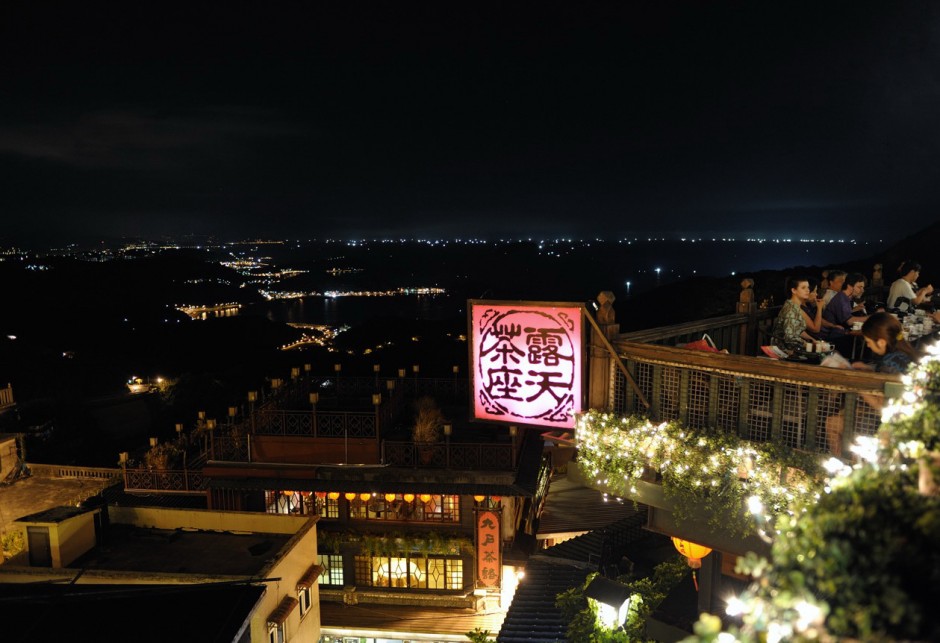

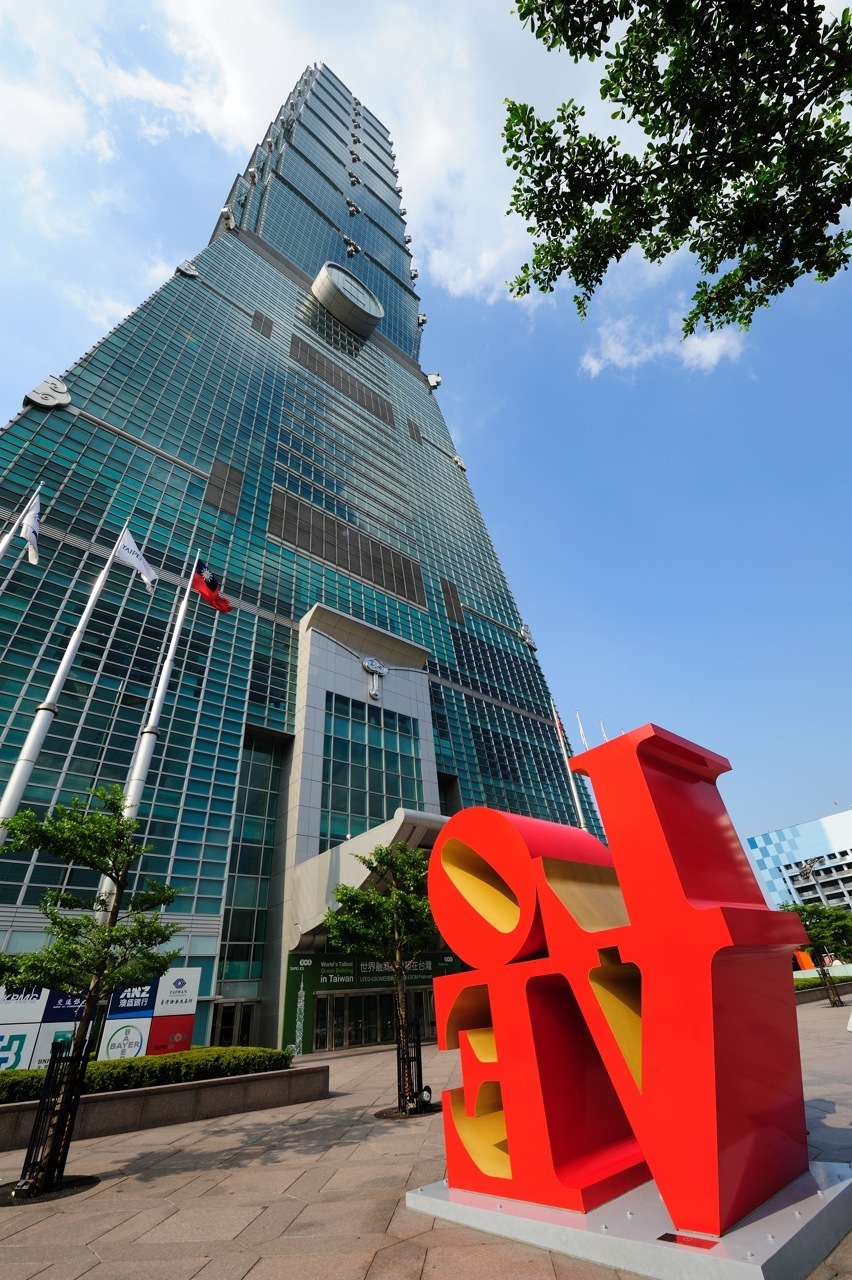
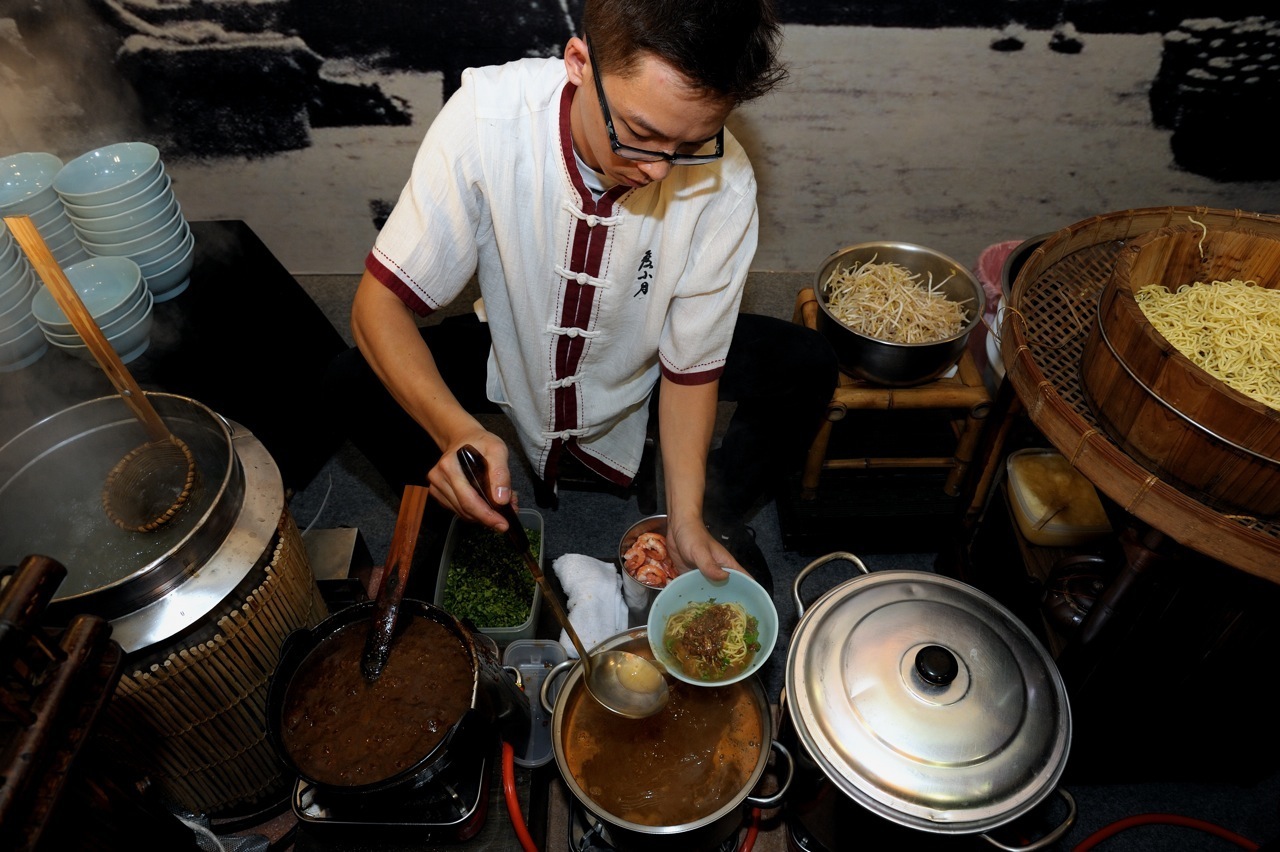

[Editor’s note: Lily’s visit was sponsored by the Taiwan Tourism Bureau.]














